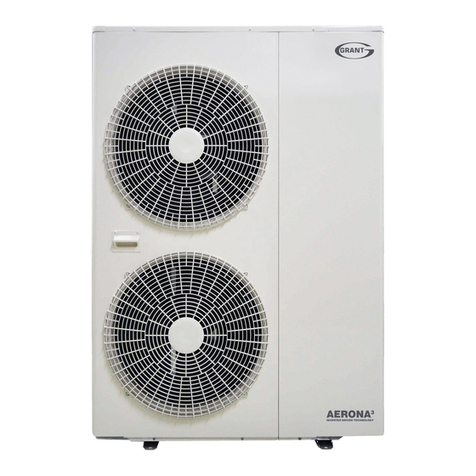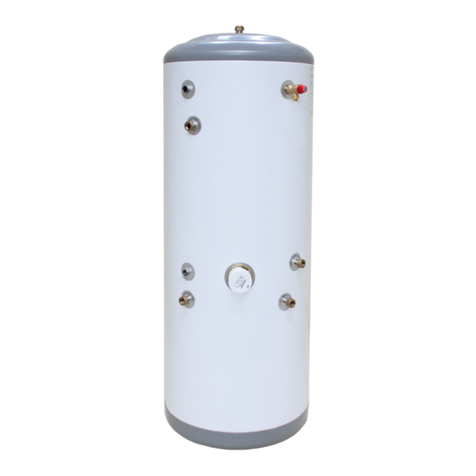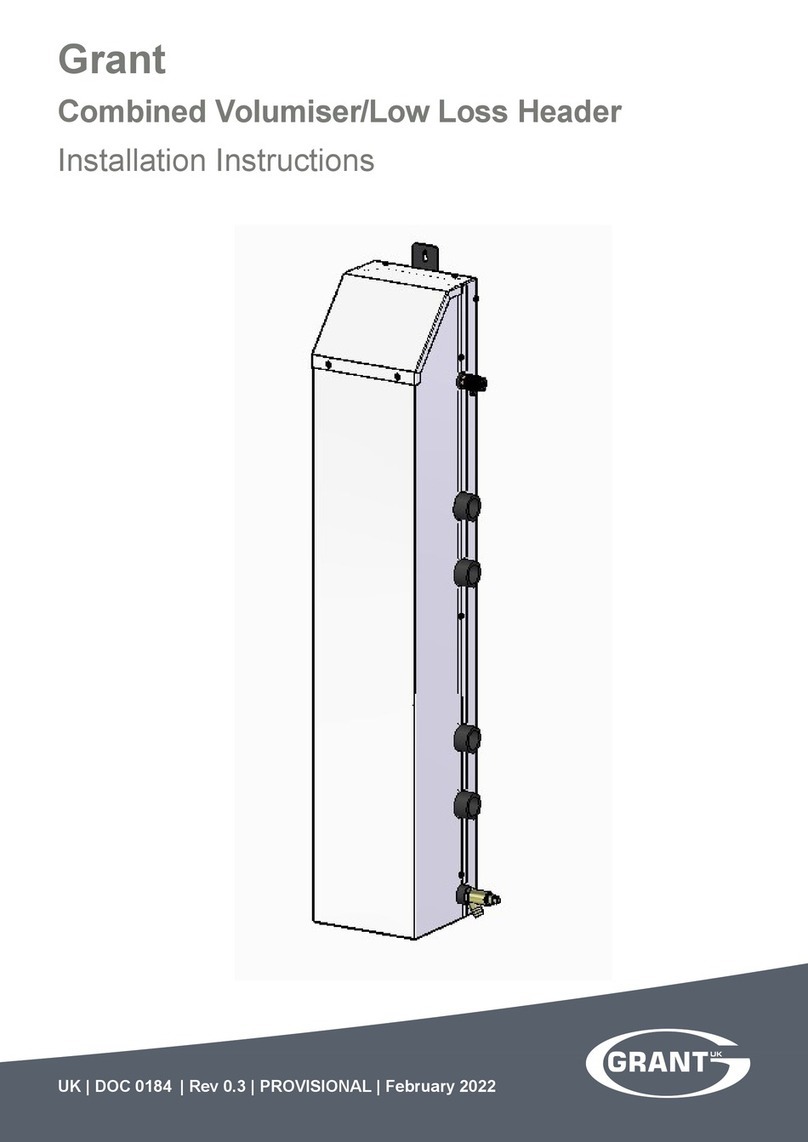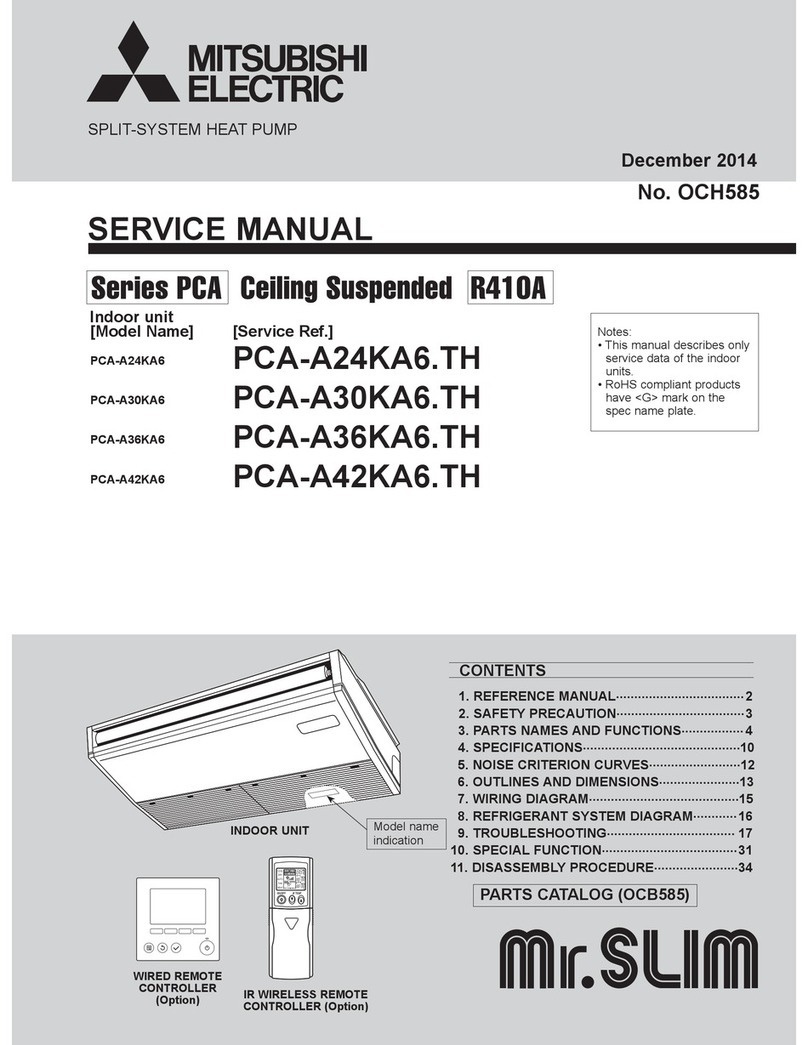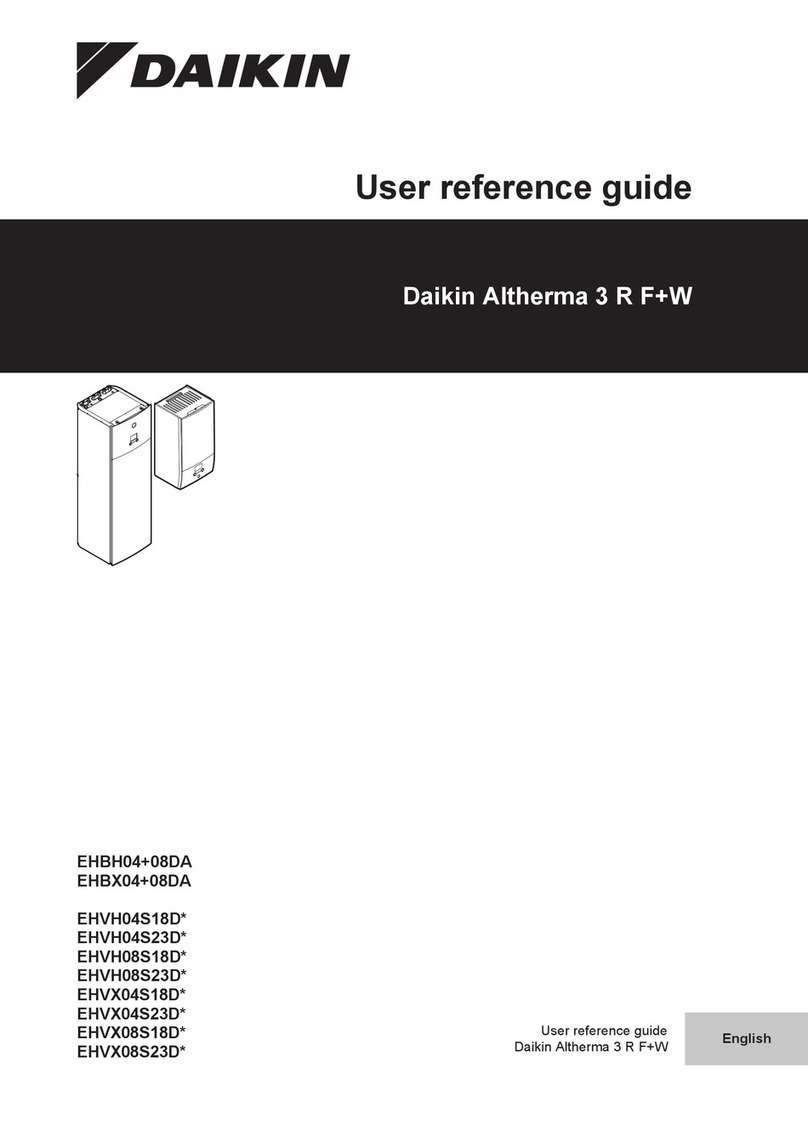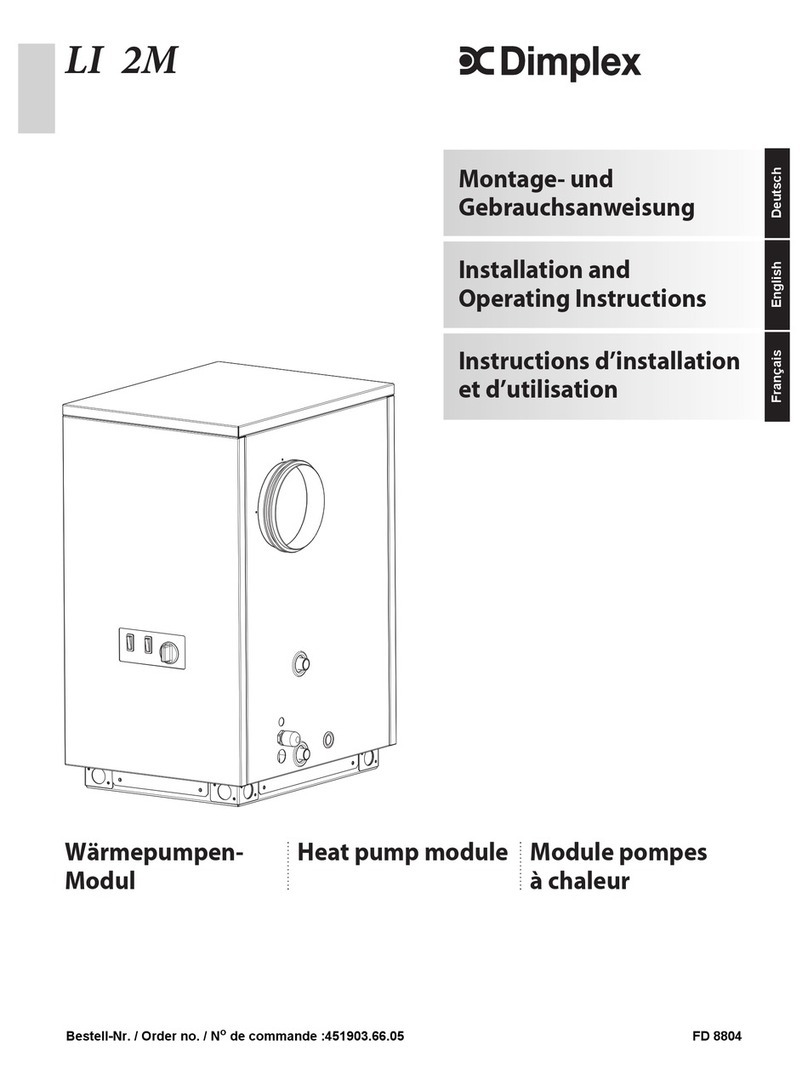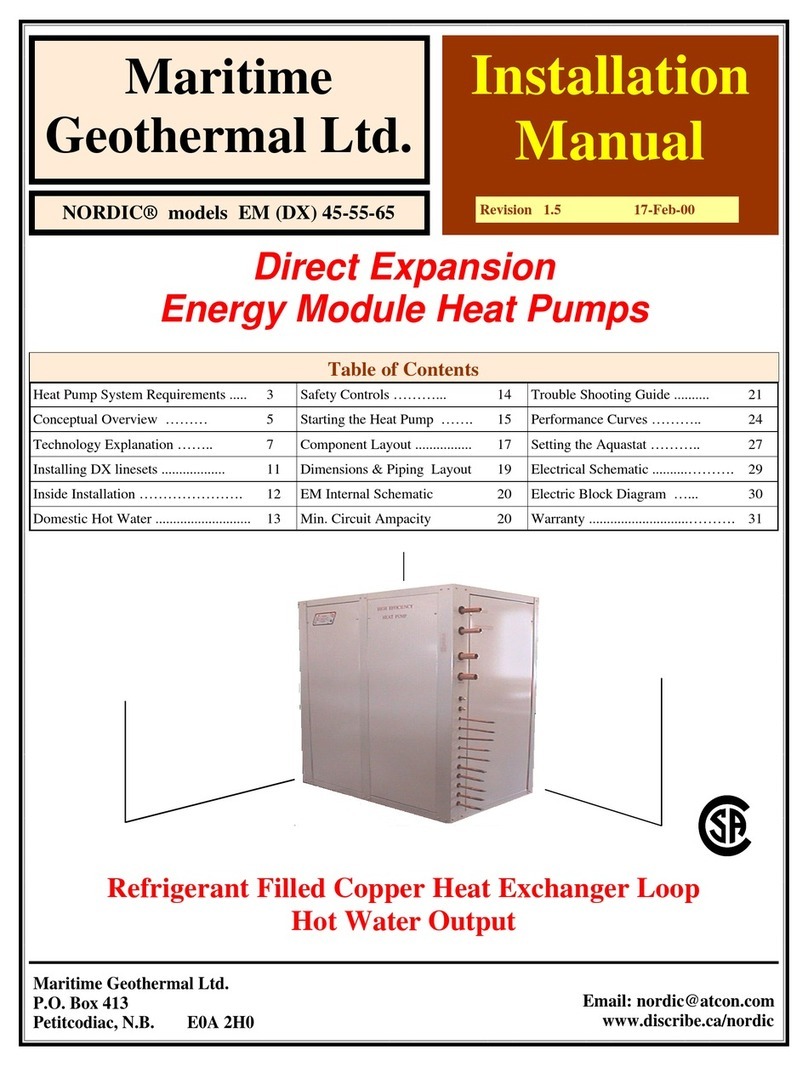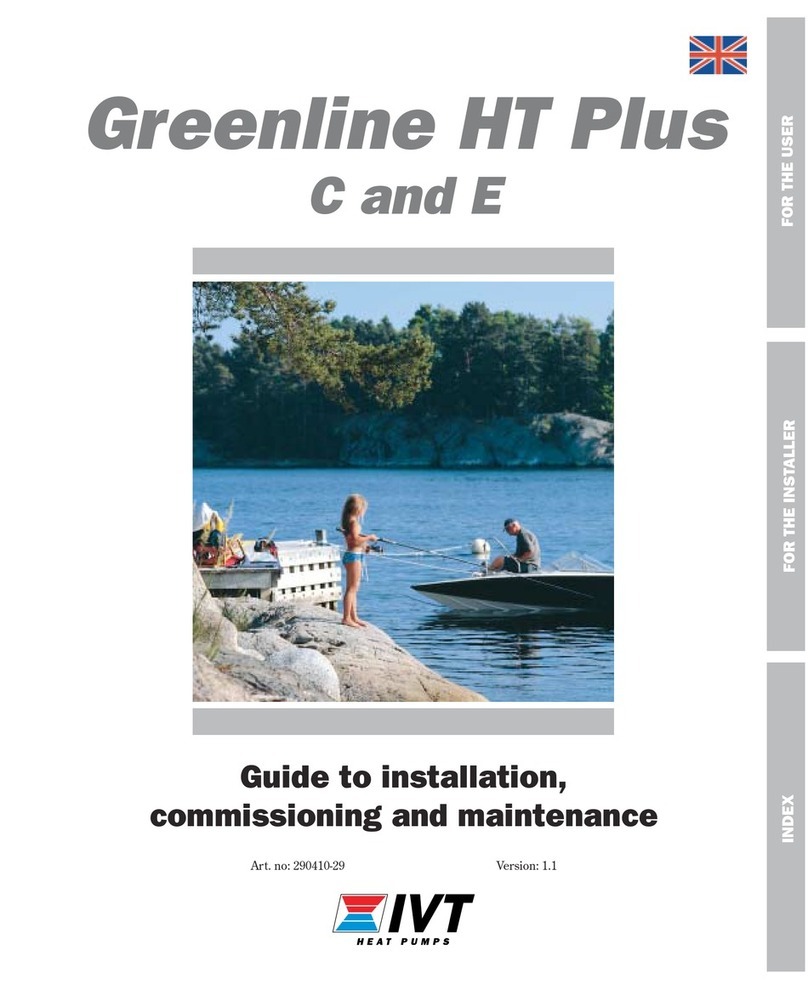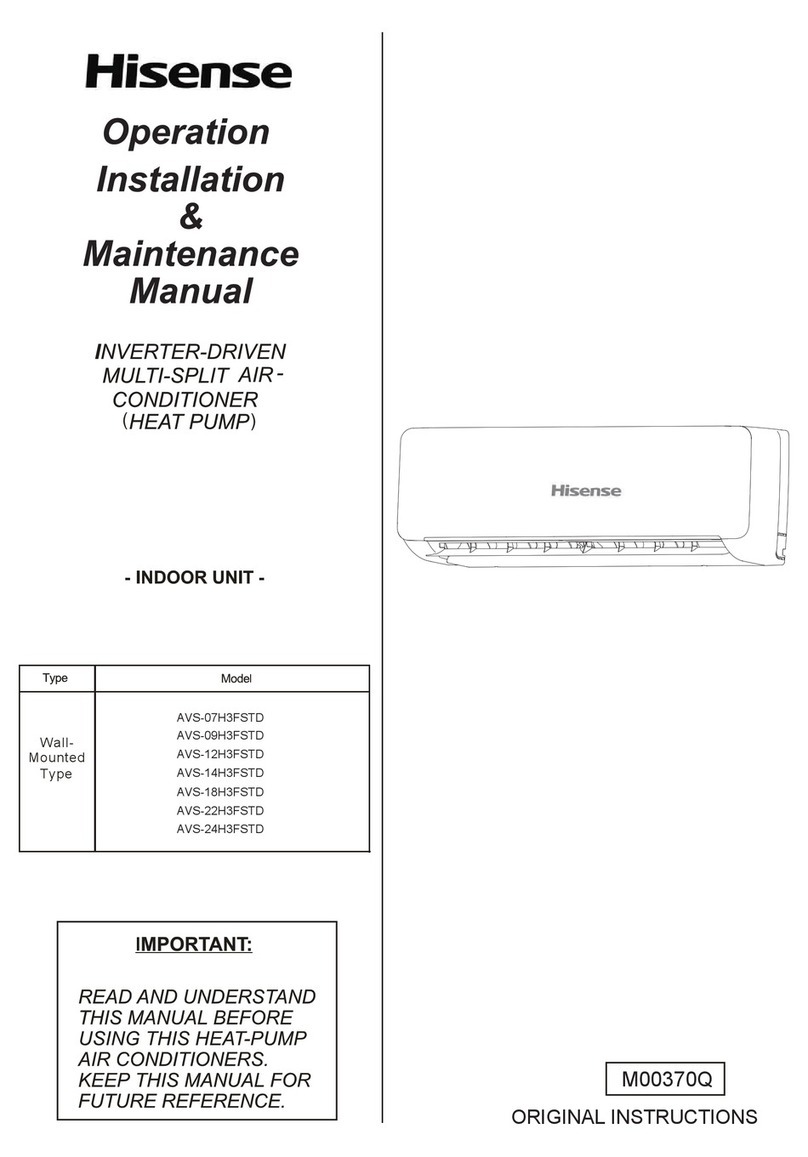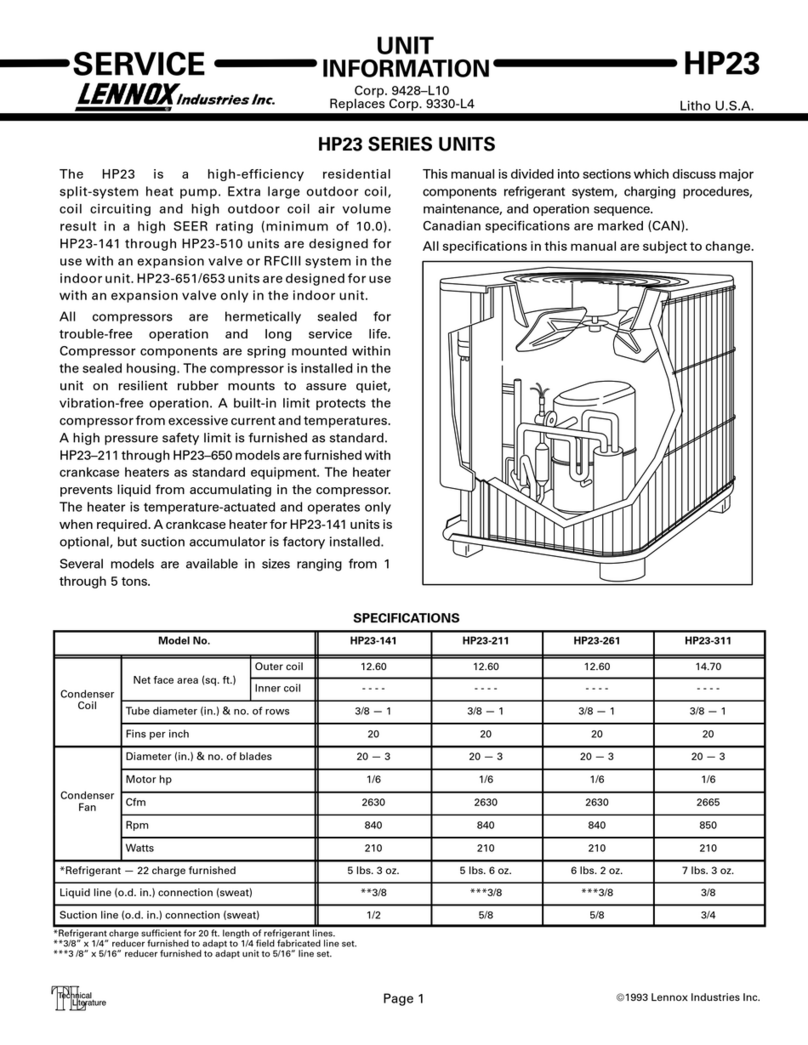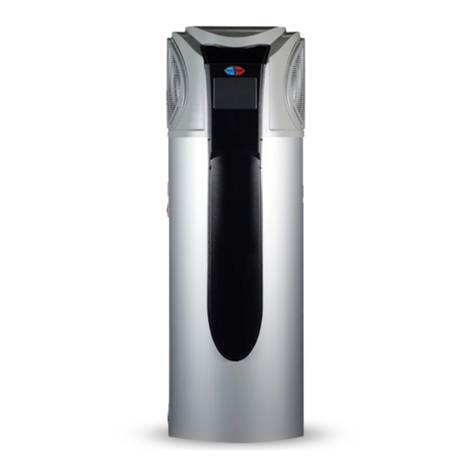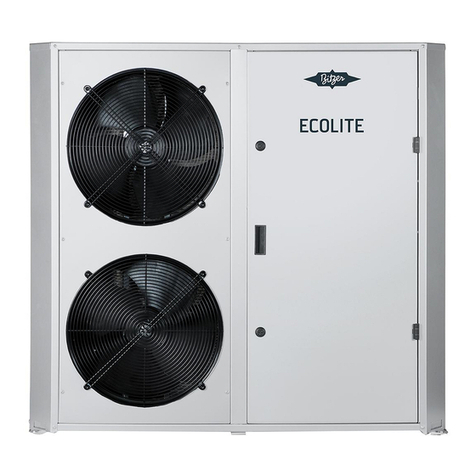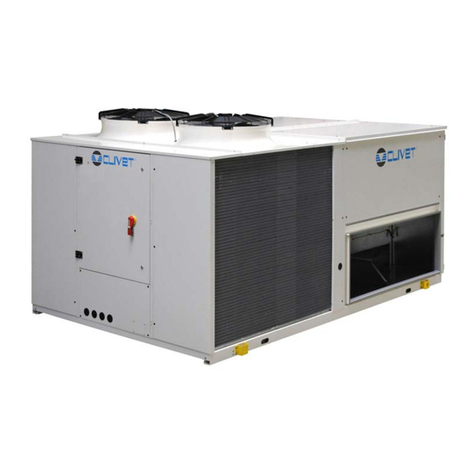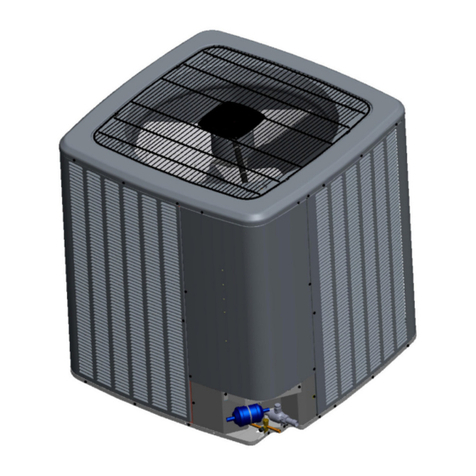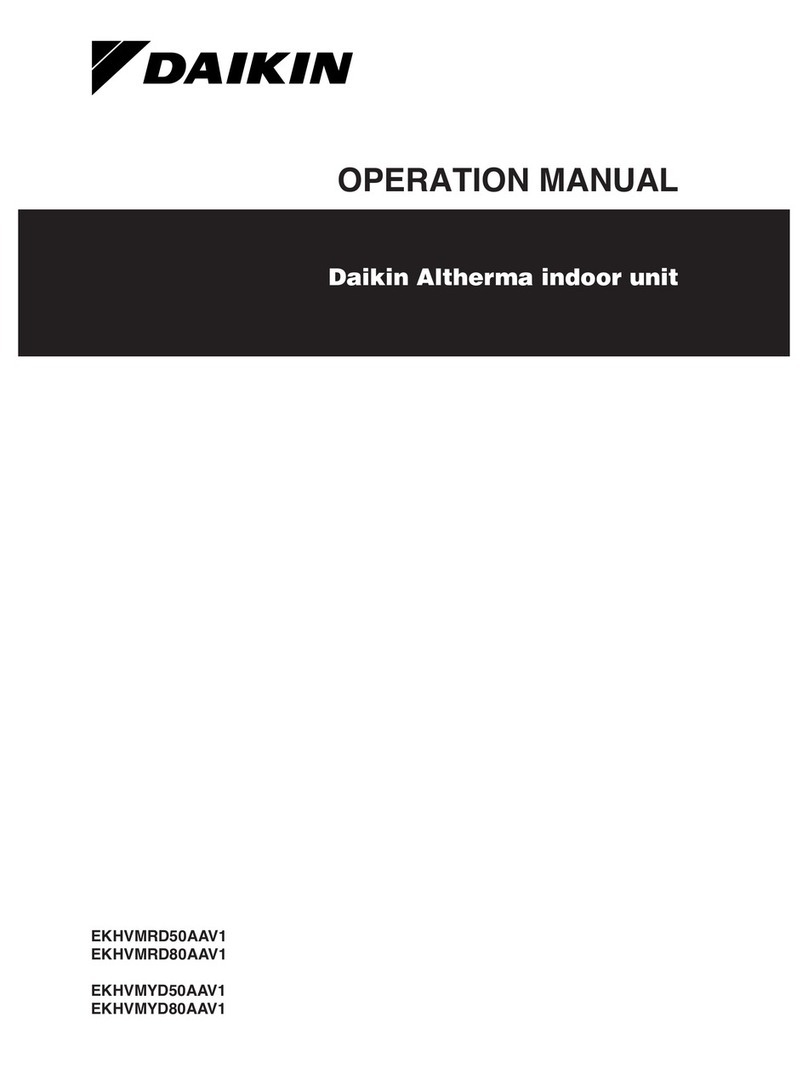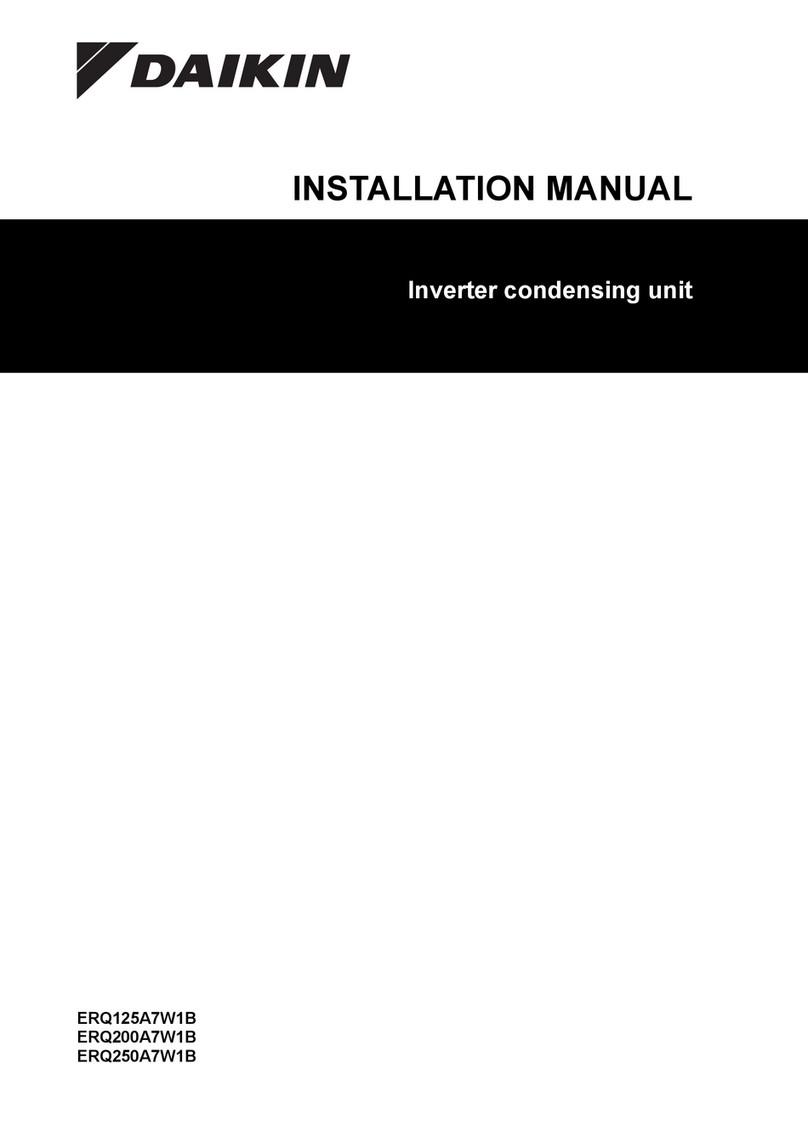
Before continuing with the installation of the Aerona³ heat pump,
please spend a few minutes conrming the suitability of the heat
pump to your system. Failure to do so may result in poor perfor-
mance and wasted time:
• Has a room-by-room heat loss calculation been carried out?
• Is this system designed for mono or bivalent?
• If monovalent, total heating capacity?
• If bivalent, what is the load capacity of the heat pump?
• If bivalent, what is/are additional heat source(s)?
• Type of system design? - S-plan, S-plan plus
• Will a buer be used?
• If yes, what is the capacity of the buer?
• Has cavity wall insulation been installed?
• Has loft insulation of 270mm been installed?
• Have all system pipes been lagged correctly?
• Are the existing controls being upgraded?
A typical condensing oil or gas red boiler operates with a ow of
70°C and a return of 50°C, i.e. with a DT of 20°C. A heat pump
operates with a ow of between 30°C and 55°C with a DT of 8°C.
The design of any system in the UK is typically based on the
following parameters:
1. That the outside design air temperature can fall to -3°C or
lower
2. The internal design temperature can be between 18-22°C
depending on the room concerned.
3. The heat pump operates at lower water temperatures than an
oil or gas red appliance.
Designing a new system for use with a heat pump is straight
forward, assuming the insulation properties of the dwelling
meets or exceeds current Building Regulations and the lower
ow/return temperatures are taken into account in the selection
of the type and size of the heat emitters used.
While underoor heating is the preferred heat emitter, a
combination of underoor heating and radiators, or radiators only,
works just as eciently. It is necessary, however, to calculate the
size of radiator required accurately – if this is not done, the house
will fail to reach the target temperature and will be costly to rectify
after the installation is complete.
When tested to BS EN 14511, the heat output for an heat pump is
declared at the test conditions of 7°C outside air temperature and
35°C or 55°C water ow temperature.
At all other values of outside air temperature and water ow
temperature the actual heat pump output will vary, e.g. the heat
output will:
• decrease with lower outside air temperatures and increase
with higher outside air temperatures at any given water ow
temperature, and
• decrease with higher water ow temperatures and increase
with lower water ow temperatures at any given outside air
temperature
A back-up boiler can be added to the rated output of the heat pump.
Provided that the heat pump is sized correctly for the system, this
back-up heater will only compensate for any short fall in meeting
the heat load for the property below the minimum design air
temperatures.
For guidance on sizing heat emitters, e.g. radiators and/or
underoor heating, refer to MCS Heat Emitter Guide (MCS 021).
3
! NOTE !
For the heat pump to operate satisfactorily, install it as outlined in
this installation manual.
• The Grant Aerona³ heat pump should only be installed by a
competent person.
• Before installing the heat pump, please read the following
installation information carefully and install the heat pump as
instructed.
• Be sure to follow the safety notices given.
• After completing the installation, check the product operates
correctly. Then, explain to the user about the operation and
maintenance requirements as shown in this manual.
• Be sure to install the heat pump in a suitable location that can
support the heat pump when lled. Installation in an unsuitable
location may cause injury to persons and damage to the heat
pump.
• Do not install in a position where there is any possibility of
ammable gas leakage such as from LPG cylinder around the
heat pump. Leaked ammable gas around the heat pump may
cause a re.
• If the leaked refrigerant is exposed to re, poisonous gas may
be produced.
• Connect the heat pump with the exible hoses and valves
supplied, as described in this installation manual.
• Do not use an extension cable.
• Do not turn on the power until all installation work is complete.
• Only use correct Grant UK parts and accessories to avoid
accidents such as electric shock, re and leakage of water.
• Never touch electrical components immediately after the power
supply has been turned o as electrical shock may occur. After
turning o the power, always wait ve or more minutes before
touching electrical components.
• Be sure to connect the power supply cable correctly to the
terminal block as overheating can cause a re.
• Ensure the wiring lid is tted following installation to avoid
electric shock at the terminal block.
• Always connect the earth wire to the heat pump.
• Install a correctly rated circuit breaker.
• After installation, the heat pump and heating system must
be commissioned. Hand over all documentation to the end-
user and explain the operating functions and maintenance
according to these instructions.




















